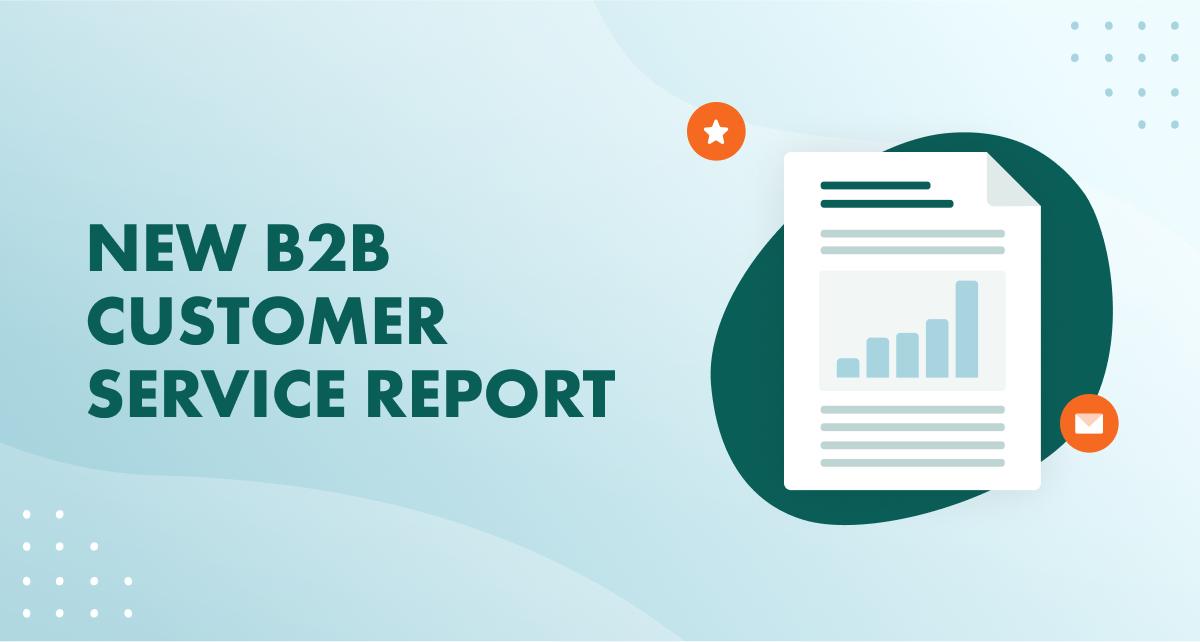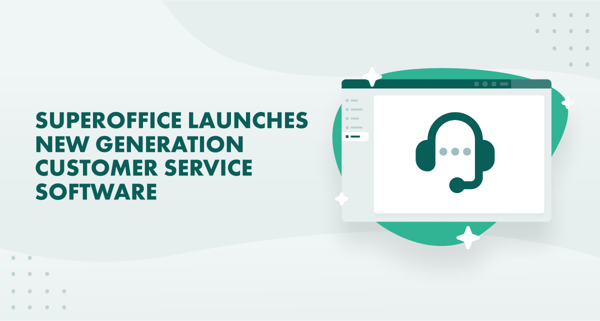The new report sheds insight on trends and future of B2B customer service.
SuperOffice, in collaboration with CustomerTrends, has conducted a new research set to clarify the state of B2B customer service in Europe. The study revealed that Northern European B2Bs face a set of challenges that may stem from their differing views on business goals and key metrics, as well as tools and methods used in customer service. One thing is clear – all of them struggle to find talents.
The relationships that a business builds today with its customers and prospects determine how profitable the business will be tomorrow.
But in order to improve a relationship, you first need to know its current state. And for the world of European B2B customer service, this sort of insight has been largely absent. A new report by SuperOffice and CustomerTrends aims to fill that gap, with qualitative insights from B2B customer service teams in companies from a variety of industries and sizes.
“One size does not fit all,” says Fredrik Selander, CMO at SuperOffice, a key CRM player in northern Europe. “In our 30 years in the CRM market, that’s what we’ve seen from our customers. Local knowledge and personalization are key. And that’s why we’re so excited to present this new report.”
The report addresses a number of questions that will help you understand the real state of the European B2B customers service, and even peak into the future.
What is the state of customer service for European B2Bs on the whole? What challenges are they facing? What tools are they using? How is customer service affected by the latest technologies and the economic situation? What trends must European B2Bs be aware of now, in order to build strong customer relationships tomorrow? These are the main questions raised.
Designed with busy B2B service teams in mind, the report is broken down into segments to help each team gain the insights that are most relevant for their own priorities – objectives and strategy, channels and tools, measuring methods, and tools and software.
“To this day very few surveys of this type have been done, and there are not many reports to support B2B CC managers with benchmark knowledge and insight,” states Bjarte Lyssand, Senior Partner and Chairman of the Board at CustomerTrends.
“Of course, there are similarities between B2C and B2B customer service, but there are also important differences. Our hope is that this report will be a source of inspiration and knowledge for all who are interested in B2B customer service,” continues Lyssand.
One notable finding is that while most European B2B companies consider customer satisfaction their number one business priority, they don’t make it their KPI. Instead of measuring the CSAT score, they focus on and measure the SLA metric – while more than 15% don’t measure customer satisfaction at all.
The study also revealed that European B2B companies are behind B2C when it comes to adopting emerging technologies and view the website as a more important support channel.
“We found that CEOs don’t view self-service options as that important for customer service,” Fredrik Selander states, “And yet team leaders said that they are quite critical. This is the type of insight that we hope will help B2Bs to better align and plan their path forward, to build as strong customer relationships as possible.”
Meanwhile, the adoption of such a technological tool as a chatbot is not in the plans for most European B2Bs, despite its popularity among B2C companies.
Finally, the common challenge that all European B2Bs surveyed share is lack of qualified personnel. Finding enough talent is a problem that seems to plague all companies surveyed.
These are just a few interesting findings that can be found in SuperOffice’s new report.
The new research by SuperOffice and CustomerTrends is set to help European B2Bs to better evaluate their current strategic direction, critically assess the technological tools that are being used, and plan their next steps.
Want the report? Click here.



